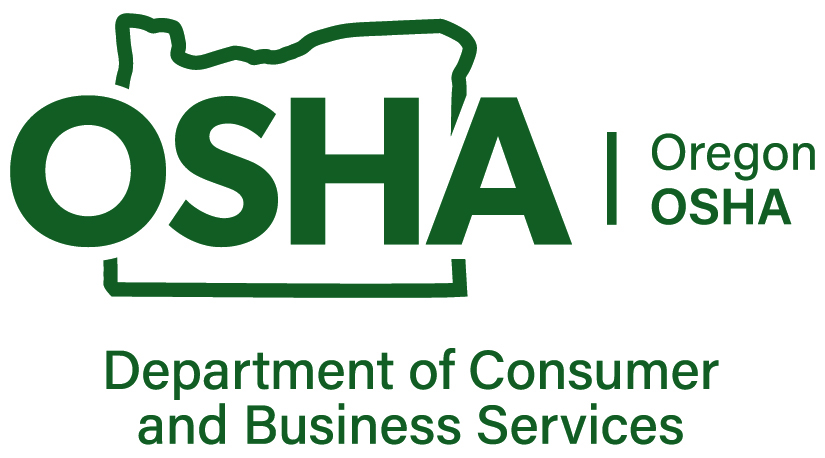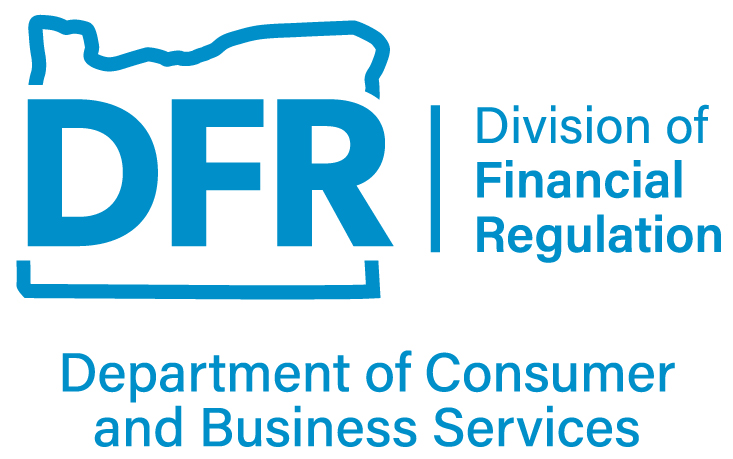New Consumer Protection Laws Go Into Effect Jan. 1, 2026 (Photo) - 12/30/25
Salem – Several new consumer protection laws take effect immediately when the clock strikes midnight on Jan. 1, 2026. The Division of Financial Regulation (DFR), part of the Oregon Department of Consumer and Business Services – the state’s largest consumer protection and business regulatory agency – is releasing an easy-to-follow guide on the new laws.
Here’s a look at what’s coming in January:
Senate Bill 605 prohibits health care providers from reporting medical debt to consumer reporting agencies and prohibits consumer reporting agencies from including medical debt on credit reports.
SB 692 requires the Oregon Health Plan and commercial health benefit plans to cover perinatal services, including services provided by doulas, lactation consultants, and lactation educators.
SB 699 expands an existing requirement for health insurance companies to cover prosthetic and orthotic devices in a variety of ways, such as by requiring coverage of devices medically necessary to perform physical exercises to maximize full-body function, including running, biking, swimming, and strength training.
SB 822 strengthens Oregon’s protections for access to health care services under a health benefit plan in a number of ways. It establishes quantifiable and enforceable standards for access to in-network covered services without unreasonable delay, requires that health plan networks account for the needs of diverse communities, and expands the existing law’s protections to cover state-regulated health benefit plans offered by large employers.
SB 1137 requires health benefit plans to cover autologous breast reconstruction procedures. These procedures use the patient’s own tissue either instead of or in addition to implants. The legislation also requires health insurance companies to cover these services out of network if in-network access is inadequate.
House Bill 2130 makes a variety of updates to the laws governing the Oregon Insurance Guaranty Association, which helps cover claims in the event of insurer insolvency when the insurance company no longer has enough funds to meet its obligations. Most significantly for consumers, the law doubles the limit for covered claims from $300,000 to $600,000, which will substantially reduce the risk of uncovered losses in the rare event of a claim against an insolvent insurer.
HB 2564 enhances Oregon’s health insurance rate review process for individual and small group health benefit plans by requiring health insurance companies to include a consumer-friendly summary document as part of their rate filings, to better enable public engagement with the rate review process. It also streamlines the process by removing unnecessary and redundant administrative steps.
HB 3064 requires health benefit plan coverage for a range of U.S. Food and Drug Administration-approved therapies to treat the symptoms of perimenopause, menopause, and postmenopause.
HB 3243 is intended to prevent surprise out-of-network ambulance bills. It prohibits ground ambulance service providers from balance billing an enrollee for covered ground ambulance services if the enrollee has paid the in-network cost-sharing amount. In turn, health benefit plans are required to reimburse ground ambulance services organizations at specified rates.
###
About Oregon DFR: The Division of Financial Regulation protects consumers and regulates insurance, depository institutions, trust companies, securities, and consumer financial products and services. The division is part of the Department of Consumer and Business Services, Oregon’s largest consumer protection and business regulatory agency. Visit dfr.oregon.gov and dcbs.oregon.gov.






